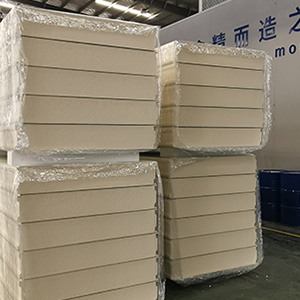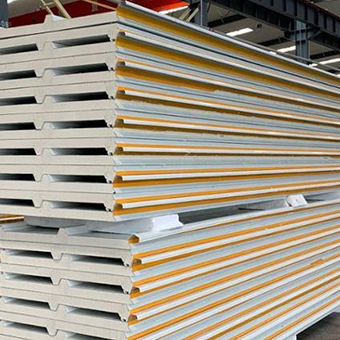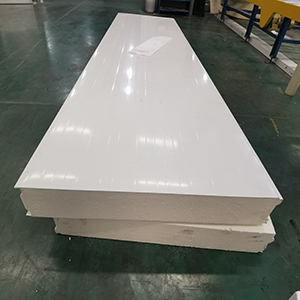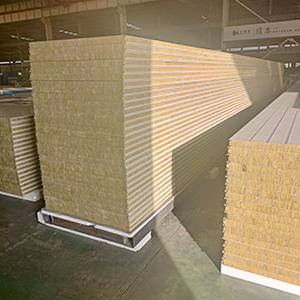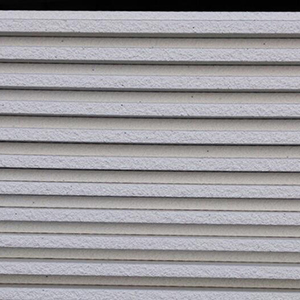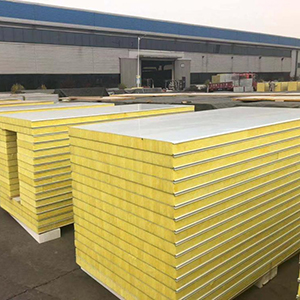What is a sandwich panel?
A sandwich panel is a product used for cladding building walls and roofs. It consists of an insulated core material sandwiched between two metal sheets. A sandwich panel is not a structural material, but rather a cladding material. While the structural forces are carried by a steel frame or other supporting framework, the sandwich panel is attached to it.
Types of sandwich panel
☆Classification by Application
|
|
Wall panels |
Sandwich panels are used for vertical building envelopes, requiring aesthetic appeal and fire resistance.
|
|
|
Roof panels |
Sandwich panels are engineered for horizontal installation, prioritizing waterproofing and load-bearing capacity.
|
☆Classification by Core Material
Sandwich panels' performance is primarily determined by their core material, categorized into four key types:
|
|
Polyurethane (PU)/Polyisocyanurate (PIR) core sandwich panels |
Featuring ultra-low thermal conductivity (as low as 0.022 W/m·K) and high structural strength, They are extensively used in temperature-controlled environments (e.g., cold storage, cold chain logistics centers).
|
|
|
Rock wool core sandwich panels |
With Class A non-combustibility, these panels provide optimal fire resistance for high-safety facilities (e.g., hospitals, chemical plants). But they exhibit strong hygroscopicity, requiring strict seam sealing during installation.
|
|
|
Expanded polystyrene (EPS) core sandwich panels
|
With ≈60% lower cost than rock wool panels and lightweight properties (10–14 kg/m²), But they are flammable and emit toxic fumes, restricting their use to temporary structures or non-fire compartment areas.
|
|
|
Glass wool core sandwich panels |
As a balanced option, they surpass rock wool in thermal insulation and outperform EPS in fire resistance. Hydrophobic types must be selected to ensure moisture resistance (water absorption ≤2%) |
